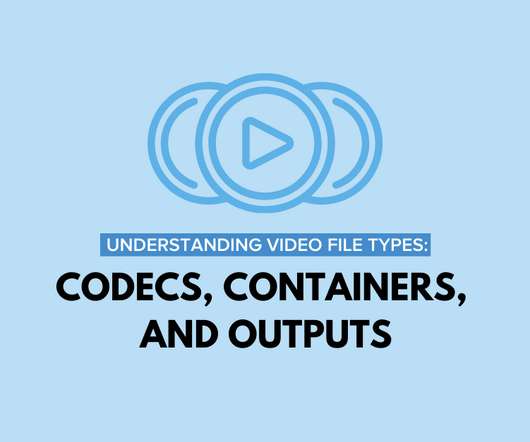Adobe Captivate: When It Comes to Images, Choose Your Quality
The Logical Blog by IconLogic
MARCH 15, 2011
One thing you can do to lower the size of your published video is control the quality of your slides. Captivate offers four image quality levels you can specify. The compression JPEGs is controlled by the JPEG quality percentage via the SWF size and quality preferences (via File > Publish Settings ).








































Let's personalize your content